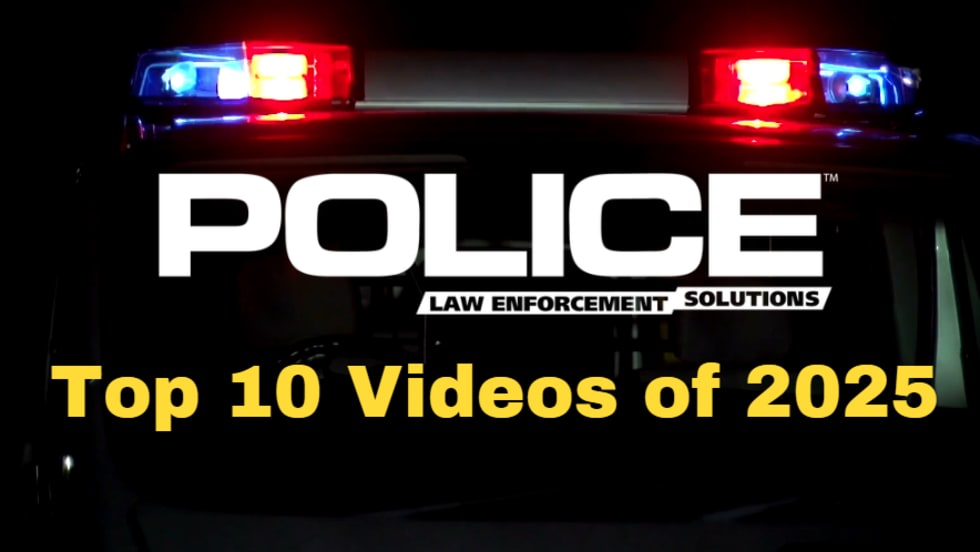“We had a lot of lessons learned that came out of the World Trade Center attack that really opened our eyes into how we try to protect high-value targets,” he explains. “We started delving more into what else could have been looked at because there are always other targets.”
Burton also says that the list of potential targets in the United States has probably expanded in part because of the success law enforcement agencies and other entities have had at hardening targets like federal buildings and diplomatic facilities and the offices and homes of cabinet-level officials, Supreme Court justices, and other “high value” targets.
“In our post-9/11 world, military bases started to lock down, federal buildings got tighter, and so forth,” Burton says. “So, in many ways, the threat has been pushed into and onto the public sector, the private sector, American businesses, and public venues.
“You can’t walk into a diplomatic facility or a foreign resident diplomatic facility on U.S. soil and be successful. It’s much easier to shoot up a soft target in a public venue,” he adds.
Burton also notes that a terrorist’s weapon of choice can be as crude as a vehicle, as was the case in the Bastille Day attack in Nice, France, in 2016. The attacker used a truck to drive into a crowd watching fireworks and killed 87 people and injured more than 400. “That doesn’t take a lot of skill. You just have to be able to have a vehicle of some sort.”













